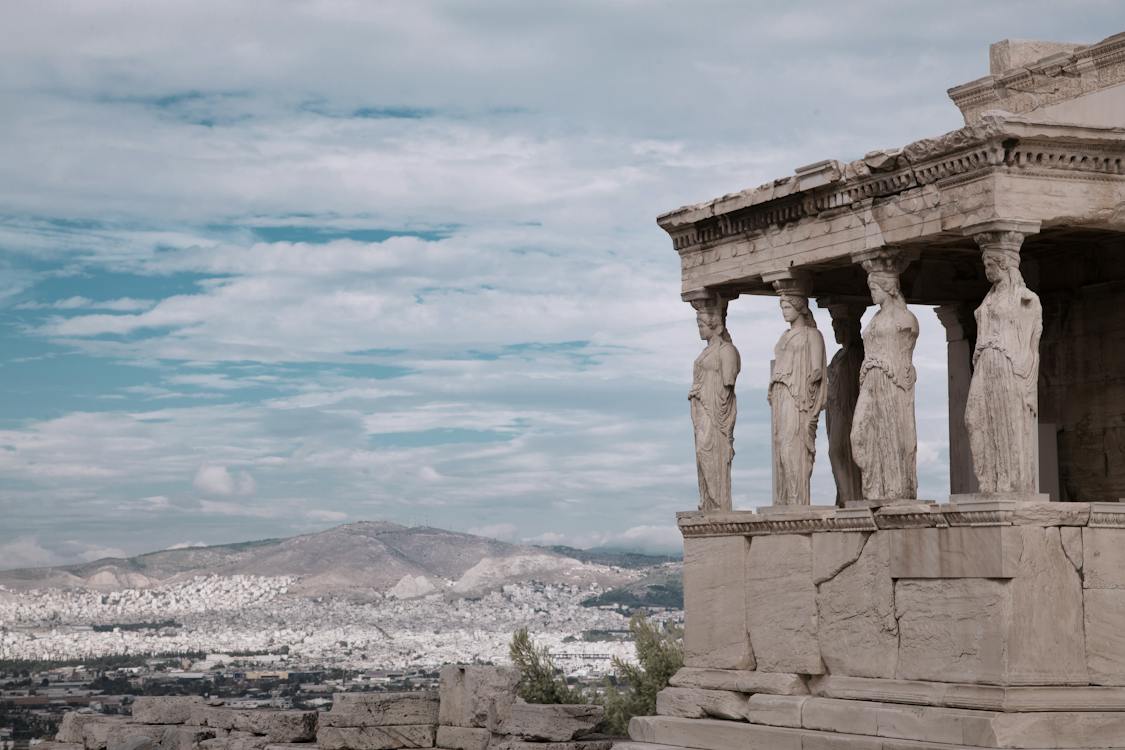The Kremikovtsi Monastery of Saint George is an Orthodox monastery that lies at the foot of the Balkan mountains and located northeast of Sofia, the country’s capital.
Founded sometime during the Second Bulgarian Empire, it was believed that the monastery was erected at the latter part of the empire’s reign in the 14th century, under Tsar Ivan Alexander’s rule. The tsar was renowned for settling internal issues, handling external pressure from Bulgaria’s neighbors (Serbians and Byzantines), and leading the empire to a religious, cultural, and economic renaissance.
However, the empire was unable to survive the Ottoman forces, and the Ottomans destroyed the Kremikovtsi Monastery in 1398 during their seizure of the Balkans. Nearly a century later, the monastery was re-established by Radivoy, a boyar from Sofia, along with the help of Sofia’s metropolitan bishop. The church was reconstructed in 1493 from the crushed stone, and a single-hall structure was erected sans a dome. The boyar dedicated the reestablishment of the church to Dragana and Teodor, his two deceased children.
It became the heart of Bulgarian culture and education and housed one clergy school and two laymen schools. However, an earthquake struck and wreaked havoc shortly after the reconstruction, causing the church’s narthex or portico to be destroyed. It was repaired in 1503, but subsequent earthquakes in Sofia in the 16th and 17th centuries led to further damage to the church. In 1611, the church was again rebuilt, and a space anterior to its narthex was constructed during the 18 century.
Today, a new, bigger church lies next to the small, original historic church. The new structure and the other facilities were built from 1901 to 1902, dedicated to Mary’s Intercession.
Nevertheless, the older medieval is still renowned due to its frescoes in its interior walls, dating from several periods, with the earliest from the 15th century. One signature mural art is a portrait of the boyar and his family, showing the church model to the metropolitan bishop. Other paintings are located on the narthex’s eastern side and are renowned for their nearly exact depiction and remarkable palette, listing them among the country’s most important 15th-century art pieces.
More frescoes were added to the church in the 17th and 18th centuries, such as the mural paintings of Saint George, Theotokos, and other saints. Another iconic element in the original church is the silver reliquary. It was made during the church’s reestablishment in 1493 and still holds the relics of Saint George. Standing over six centuries, the Kremikovtsi Monastery is one of the country’s most important buildings, being part of Bulgaria’s rich, challenging yet impressive history.
